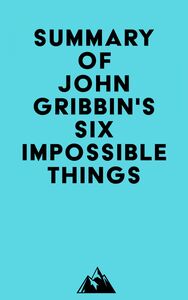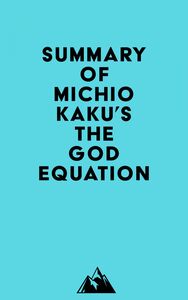
Please note: This is a companion version & not the original book.
Sample Book Insights:
#1 The standard way of looking at the quantum world is based on the idea of waves, and it largely ignores the caveat as if. The matrices approach is more honest, since it does not pretend to explain what is happening between state A and state B, but it provides less solace than the Schrödinger equation.
#2 The Copenhagen Interpretation states that we do not know anything except for the outcomes of experiments. These outcomes depend on what the experiments are designed to measure. These questions are colored by our everyday experiences of the world, on a scale much larger than atoms and other quantum entities.
#3 The Copenhagen Interpretation, which is the basis of the modern understanding of quantum mechanics, says that the wave function of a quantum entity spreads out to fill up an area evenly, and then collapses when the area is examined. This is not the same as saying that the electron always was in one half of the box or the other, as the CI insists that the collapse only happens when the contents of the box in the lab are examined.
#4 The CI states that an electron is emitted from a source on one side of the experiment as a particle. It immediately dissolves into a probability wave which spreads through the experiment and heads towards the detector screen on the other side. This wave passes through however many holes are open, interfering with itself or not as appropriate, and arrives at the detector as a pattern of probabilities.Book details
-
Publisher
-
Language
English -
Publication date
-
Theme






